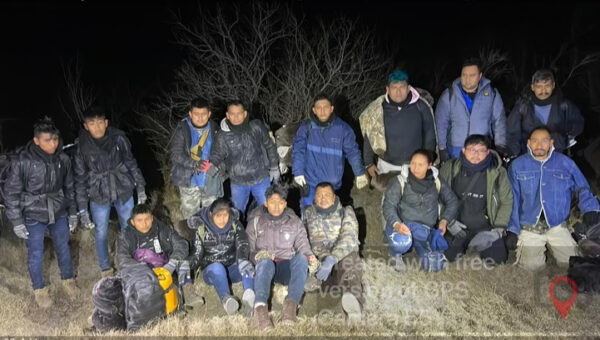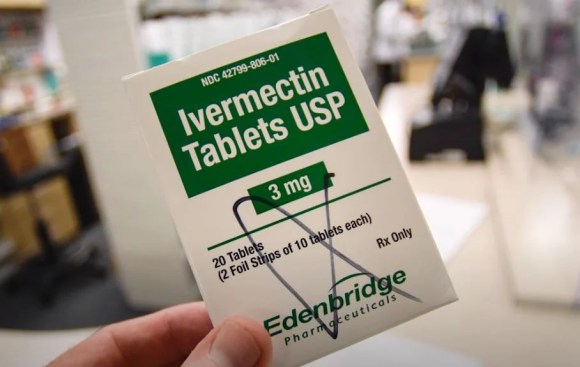
Heart inflammation requiring hospital care was more common among people who received COVID-19 vaccines than those who did not, according to a new study of tens of millions of Europeans.
Rates of myocarditis or pericarditis, two types of heart inflammation, are above the levels in an unvaccinated cohort, pegged at 38 per 100,000 after receipt of a second dose of a vaccine built on messenger RNA (mRNA) technology in males aged 16 to 24—the group studies have shown are most at risk of the post-vaccination condition—researchers with health agencies in Finland, Denmark, Sweden, and Norway found.
“These extra cases among men aged 16–24 correspond to a 5 times increased risk after Comirnaty and 15 times increased risk after Spikevax compared to unvaccinated,” Dr. Rickard Ljung, a professor and physician at the Swedish Medical Products Agency and one of the principal investigators of the study, told The Epoch Times in an email.
Comirnaty is the brand name for Pfizer’s vaccine while Spikevax is the brand name for Moderna’s jab.
Rates were also higher among the age group for those who received any dose of the Pfizer or Moderna vaccines, both of which utilize mRNA technology. And rates were elevated among vaccinated males of all ages after the first or second dose, except for the first dose of Moderna’s shot for those 40 or older, and females 12- to 15-years-old.
Researchers pulled data from national health registers, analyzing 23.1 million people aged 12 or older. The analysis was of data from Dec. 27, 2020, to incidence of myocarditis or pericarditis, or the end of the study time period, which was Oct. 5, 2021.
“The risks of myocarditis and pericarditis were highest within the first 7 days of being vaccinated, were increased for all combinations of mRNA vaccines, and were more pronounced after the second dose,” researchers wrote in the study, which was published by the Journal of the American Medical Association following peer review.
Moderna and Pfizer did not respond to requests for comment.
Some previous studies have indicated that the risk of heart inflammation is higher from the companies’ vaccines, or certain doses of the vaccines, than from COVID-19 itself.
Others have concluded the opposite, including a recent non-peer-reviewed study from the U.S. Centers for Disease Control and Prevention, though that is one of the papers that has estimated a higher rate of post-vaccination heart inflammation.
Authorities in the United States and many European countries continue recommending vaccination for virtually every eligible person, regardless of age, health condition, or prior infection.
The Nordic countries, however, halted use of Moderna’s vaccine in 2021 for youth and young adults due to concerns over post-vaccination heart inflammation.
Ljung said he could not answer whether the results mean some people should consider only a single dose, or no doses, of a COVID-19 vaccine because the Swedish Medical Products Agency doesn’t give those types of recommendations.
In a press release promoting the study, researchers said that occurrence of the heart inflammation is “very rare” and claimed that “the benefits of these vaccines to reduce the risk of severe COVID-19 and death outweigh the risks of side effects.”
Dr. Peter McCullough, the chief medical adviser for the Truth for Health Foundation and a cardiologist who is seeing patients with post-vaccination heart inflammation, disagreed.
The benefits of the vaccines in no way outweigh the risks.
“In cardiology we spend our entire career trying to save every bit of heart muscle. We put in stents, we do heart catheterization, we do stress tests, we do CT angiograms. The whole game of cardiology is to pervert preserve heart muscle,” McCullough told The Epoch Times. “Under no circumstances would we accept a vaccine that causes even one person to stay sustain heart damage. Not one. And this idea that ‘oh, we’re going to ask a large number of people to sustain heart damage for some other theoretical benefit for a viral infection,’ which for most is less than a common cold, is untenable. The benefits of the vaccines in no way outweigh the risks.”





































 Rapid COVID tests have proven to be a complete disaster.
Rapid COVID tests have proven to be a complete disaster.